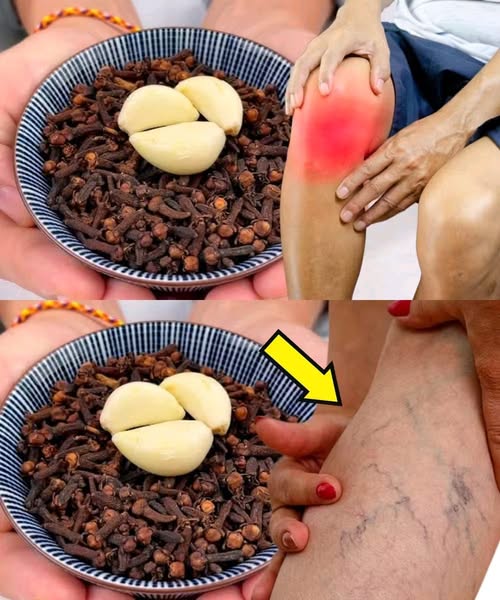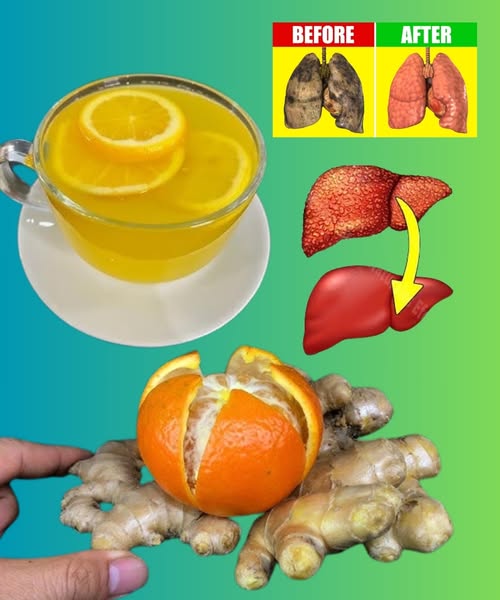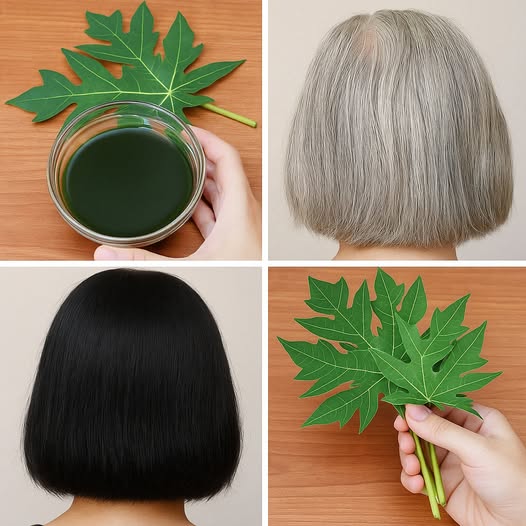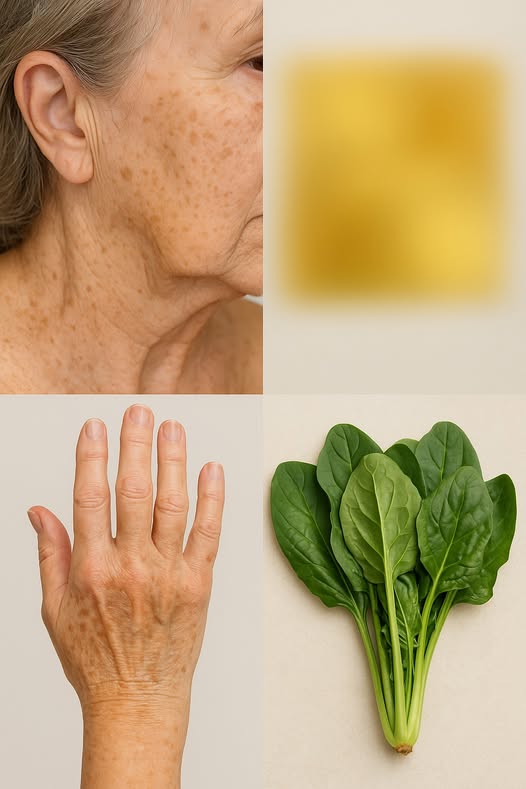Introduction

Leg pain, rheumatism, varicose veins, and arthritis are common conditions affecting millions worldwide. Whether caused by aging, lifestyle choices, or underlying health conditions, these ailments can significantly impact mobility and quality of life. Understanding their causes, symptoms, and treatment options is crucial for effective management. In this comprehensive guide, we will explore these conditions, answer frequently asked questions, and provide actionable strategies for relief and prevention.
Understanding the Conditions
1. Leg Pain: Causes and Symptoms
Leg pain can result from various factors, including muscle strain, poor circulation, nerve damage, or chronic illnesses. Common symptoms include:
- Sharp or dull aching pain
- Swelling and tenderness
- Cramping or burning sensations
Causes of Leg Pain:
- Poor blood circulation – Often due to prolonged sitting or standing.
- Peripheral artery disease (PAD) – A narrowing of blood vessels causing pain.
- Nerve issues – Sciatica or diabetic neuropathy can lead to persistent pain.
- Muscle fatigue and injuries – Overuse or sports-related injuries.
2. Rheumatism: The Hidden Agony
Rheumatism is a broad term referring to various disorders causing chronic pain in joints, muscles, and connective tissues.
Common Symptoms:
- Stiffness and joint swelling
- Fatigue and fever
- Inflammation leading to restricted movement
Common Causes:
- Autoimmune disorders such as rheumatoid arthritis
- Genetic predisposition
- Environmental triggers like cold weather or infections
3. Varicose Veins: More Than Just Cosmetic Concern
Varicose veins occur when veins become enlarged and twisted due to faulty valves leading to poor blood flow.
Symptoms:
- Bulging, twisted veins (usually in legs)
- Heaviness and aching in legs
- Swelling and skin discoloration
Risk Factors:
- Genetics and aging
- Obesity and sedentary lifestyle
- Pregnancy and hormonal changes
4. Arthritis: A Growing Epidemic
Arthritis is the inflammation of joints, leading to pain and stiffness. The most common types include:
- Osteoarthritis (OA): Wear-and-tear damage to joints over time.
- Rheumatoid arthritis (RA): An autoimmune condition where the immune system attacks joint linings.
- Gout: A painful form of arthritis caused by uric acid buildup.
Symptoms:
- Joint pain and stiffness
- Swelling and reduced range of motion
- Deformities in severe cases
Frequently Asked Questions (FAQs)
1. How can I relieve leg pain at home?
- Apply heat or cold packs to reduce inflammation.
- Elevate legs to improve circulation.
- Massage with essential oils like peppermint or eucalyptus.
- Stay active with low-impact exercises like swimming or yoga.
2. Are varicose veins dangerous?
While varicose veins are mostly cosmetic, they can lead to complications like blood clots (deep vein thrombosis – DVT), skin ulcers, and chronic leg swelling if left untreated.
3. What foods help reduce arthritis pain?
- Fatty fish (salmon, mackerel) – Rich in Omega-3s to reduce inflammation.
- Turmeric – Contains curcumin, a powerful anti-inflammatory.
- Leafy greens – High in antioxidants that fight joint inflammation.
- Berries – Packed with anthocyanins that combat inflammation.
4. Can exercise worsen arthritis?
Not necessarily. Low-impact exercises like walking, cycling, and water aerobics can improve joint function and reduce stiffness.
5. What are the best treatments for rheumatism?
- Medications: Anti-inflammatory drugs (NSAIDs) and steroids.
- Physical therapy: To improve flexibility and strength.
- Dietary adjustments: Avoiding processed foods that cause inflammation.
- Alternative therapies: Acupuncture and herbal treatments.
Treatment and Prevention Strategies
1. Lifestyle Changes for Pain Management
- Maintain a healthy weight to reduce joint stress.
- Incorporate an anti-inflammatory diet.
- Quit smoking and limit alcohol, which can worsen symptoms.
2. Effective Home Remedies
- Epsom salt baths: Magnesium relaxes muscles and relieves pain.
- Ginger and turmeric tea: Natural anti-inflammatory properties.
- Apple cider vinegar: May reduce varicose vein symptoms.
3. Medical Treatments
- Medications: Pain relievers, corticosteroids, and biologics for severe cases.
- Physical therapy: Customized exercises for mobility improvement.
- Surgical options: In severe cases, joint replacement, vein stripping, or laser therapy may be necessary.
4. Importance of Regular Exercise
- Stretching routines for flexibility.
- Strength training to support joint health.
- Cardio workouts like swimming and walking to maintain circulation.
5. Seeking Professional Help
If symptoms persist despite home remedies, consult a healthcare provider. Early diagnosis can prevent severe complications.
Conclusion
Leg pain, rheumatism, varicose veins, and arthritis can significantly impact daily life, but they are manageable with the right strategies. By adopting a healthy lifestyle, incorporating natural remedies, and seeking medical attention when necessary, you can regain mobility and improve overall well-being. Remember, early prevention is the key to a pain-free future.


